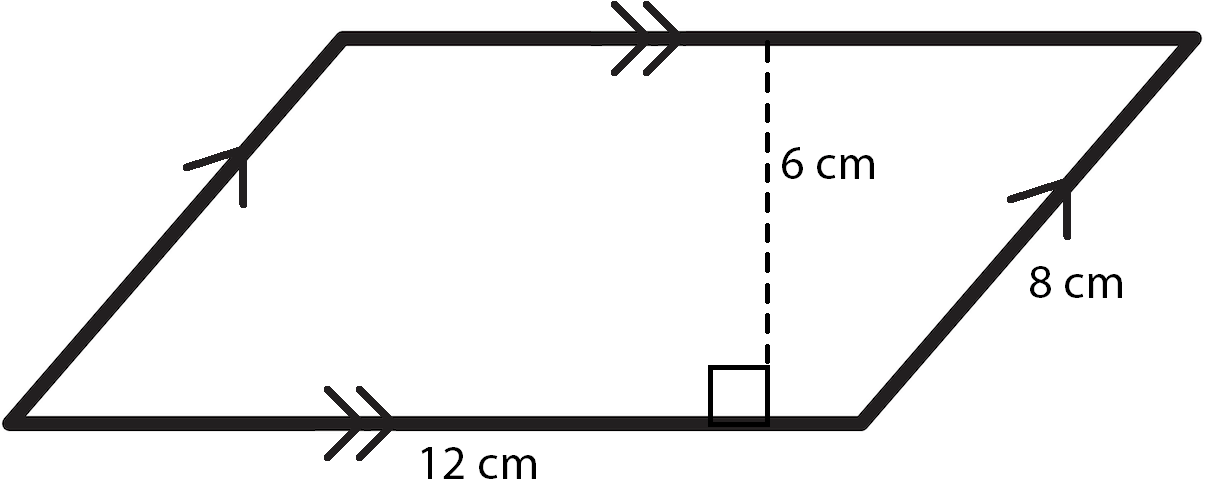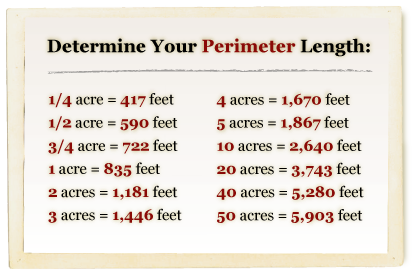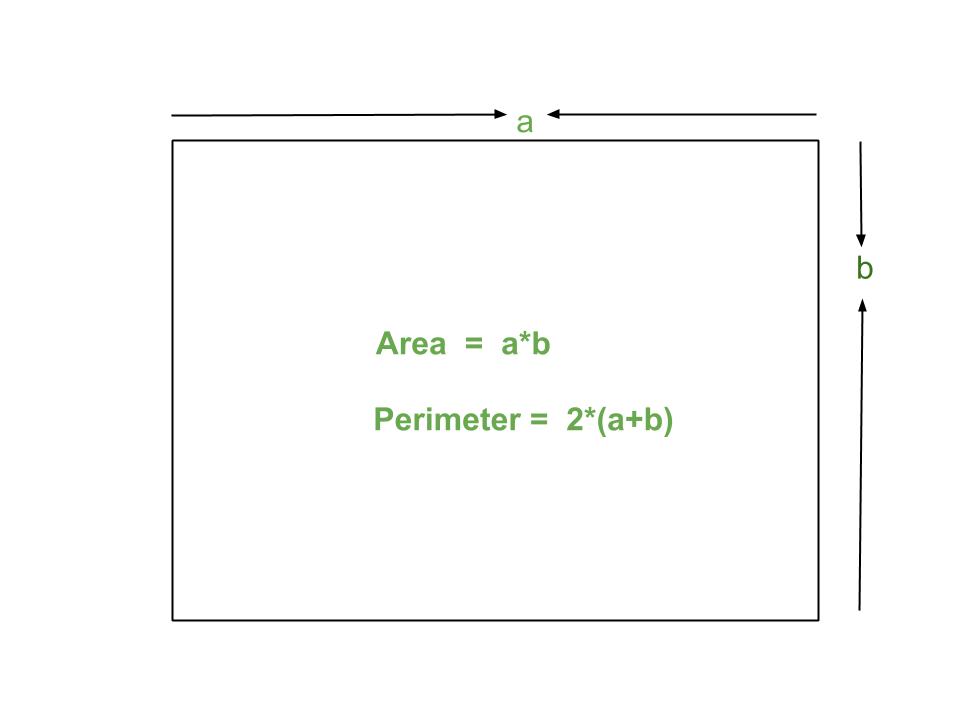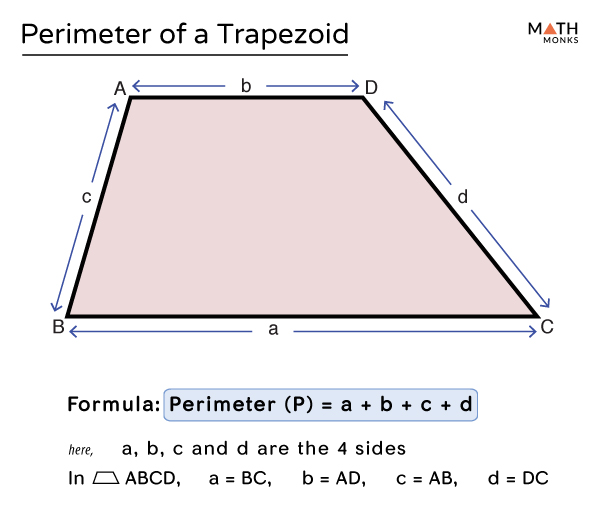Topic perimeter and area of a parallelogram: Discover how to easily calculate the perimeter and area of a parallelogram with straightforward formulas and practical examples. This comprehensive guide will help you understand the key properties and applications of parallelograms, making geometry simpler and more engaging. Perfect for students, teachers, and geometry enthusiasts alike.
Table of Content
- Perimeter and Area of a Parallelogram
- Introduction to Parallelograms
- Properties of Parallelograms
- Formula for Perimeter
- Step-by-Step Calculation of Perimeter
- Examples of Perimeter Calculation
- Formula for Area
- Step-by-Step Calculation of Area
- Examples of Area Calculation
- Visual Representation of a Parallelogram
- Applications of Parallelograms in Real Life
- Common Mistakes and Misconceptions
- Practice Problems and Solutions
- Summary and Conclusion
- YOUTUBE:
Perimeter and Area of a Parallelogram
Understanding a Parallelogram
A parallelogram is a four-sided figure with opposite sides that are parallel and equal in length. The opposite angles are also equal.
Perimeter of a Parallelogram
The perimeter of a parallelogram is the total distance around the shape. It can be calculated using the lengths of its sides.
Formula:
\[ P = 2(a + b) \]
Where \( P \) is the perimeter, \( a \) and \( b \) are the lengths of the two adjacent sides.
Example Calculation for Perimeter
Given a parallelogram with side lengths of 5 cm and 7 cm:
\[ P = 2(5 + 7) = 2 \times 12 = 24 \text{ cm} \]
Area of a Parallelogram
The area of a parallelogram is the space contained within its sides. It is calculated using the base and the height.
Formula:
\[ A = b \times h \]
Where \( A \) is the area, \( b \) is the length of the base, and \( h \) is the height (the perpendicular distance from the base to the opposite side).
Example Calculation for Area
Given a parallelogram with a base of 8 cm and a height of 6 cm:
\[ A = 8 \times 6 = 48 \text{ cm}^2 \]
Key Properties of Parallelograms
- Opposite sides are equal and parallel.
- Opposite angles are equal.
- The diagonals bisect each other.
- Adjacent angles are supplementary (sum up to 180 degrees).
Using Parallelogram Properties in Problems
Understanding the properties and formulas related to parallelograms helps in solving various geometric problems, from simple calculations to complex proofs.
Visual Representation
Here is a visual representation of a parallelogram:

Summary
By knowing the side lengths, base, and height, you can easily calculate the perimeter and area of any parallelogram using the provided formulas.

READ MORE:
Introduction to Parallelograms
Properties of Parallelograms
Formula for Perimeter
Step-by-Step Calculation of Perimeter

Examples of Perimeter Calculation
Formula for Area
Step-by-Step Calculation of Area
Examples of Area Calculation

Visual Representation of a Parallelogram
A visual representation of a parallelogram helps in understanding its properties and how to calculate its perimeter and area. Below are the steps to draw a parallelogram and the elements to consider:
-
Identify the Sides: A parallelogram has two pairs of opposite sides that are equal and parallel. Label these sides as \( a \) and \( b \).

-
Identify the Angles: The opposite angles of a parallelogram are equal. Label the angles as \( \alpha \) and \( \beta \).

-
Draw the Height: The height (h) is the perpendicular distance from the base to the opposite side. This is crucial for calculating the area.

Here's a diagram that includes these elements:

The diagram above shows:
- Sides: \( a \) and \( b \)
- Angles: \( \alpha \) and \( \beta \)
- Height: \( h \)
This visual representation aids in comprehending the geometric properties and how they relate to the formulas for perimeter and area:
\[ \text{Perimeter} = 2(a + b) \]
\[ \text{Area} = b \times h \]
Understanding these components and their placement in the diagram helps in accurately calculating and applying the properties of parallelograms in various problems.
Applications of Parallelograms in Real Life
Parallelograms are found in various real-life applications due to their unique properties. Here are some common examples where parallelograms are used:
-
Engineering and Architecture: Parallelograms are used in structural designs to provide stability and strength. For instance, in trusses and bridges, parallelogram shapes help distribute weight evenly.

-
Furniture Design: Parallelogram shapes are often used in furniture, such as tables and shelves, to ensure even weight distribution and aesthetic appeal.

-
Tiling and Flooring: Parallelogram tiles are used in flooring designs to create visually appealing patterns and efficient coverage of floor space.

-
Graphic Design: Parallelograms are used in graphic design for creating dynamic and modern designs, as well as in logos and other visual elements.

-
Technology: Parallelogram shapes are used in the design of various electronic devices, such as screens and monitors, to enhance viewing angles and aesthetic appeal.

-
Art and Sculpture: Artists and sculptors use parallelogram shapes to create interesting and dynamic compositions, adding depth and movement to their work.

The applications of parallelograms in these areas highlight their versatility and importance in both functional and aesthetic designs. Understanding the properties of parallelograms can enhance creativity and problem-solving skills in various fields.
Common Mistakes and Misconceptions
Understanding the perimeter and area of a parallelogram can sometimes lead to common mistakes and misconceptions. Here are some of the most frequent errors and how to avoid them:
-
Confusing Base and Height: A common mistake is using the side length instead of the perpendicular height when calculating the area. Remember, the height is the perpendicular distance from the base to the opposite side.
\[ A = b \times h \]
-
Incorrectly Adding Sides for Perimeter: Some students mistakenly add all four sides when calculating the perimeter. The correct formula is to add the lengths of the two distinct sides and multiply by two.
\[ P = 2(a + b) \]
-
Misidentifying the Angles: Assuming all angles in a parallelogram are right angles is incorrect. Only in rectangles, which are specific types of parallelograms, all angles are 90 degrees. In general parallelograms, opposite angles are equal, and adjacent angles are supplementary.

-
Forgetting Units: Neglecting to include units in the final answer is a common mistake. Always include the appropriate units (e.g., cm, m) for perimeter and area (e.g., cm², m²).
-
Incorrect Use of Diagonals: Some think that the diagonals are used directly in the perimeter or area calculations. While diagonals bisect each other, they are not used in these formulas.

By understanding and avoiding these common mistakes, you can ensure accurate calculations and a deeper comprehension of parallelograms.
Practice Problems and Solutions
Below are some practice problems and detailed solutions for calculating the perimeter and area of parallelograms. These exercises will help reinforce your understanding of the concepts and formulas related to parallelograms.
Problem 1
A parallelogram has a base of 10 cm and a height of 7 cm. Find the area.
- Solution: The formula for the area of a parallelogram is \( A = b \times h \). Here, \( b = 10 \) cm and \( h = 7 \) cm.
- So, \( A = 10 \times 7 = 70 \text{ cm}^2 \).
Problem 2
A parallelogram has sides of lengths 8 cm and 5 cm. Find the perimeter.
- Solution: The perimeter \( P \) of a parallelogram is given by \( P = 2(a + b) \), where \( a \) and \( b \) are the lengths of the sides.
- Here, \( a = 8 \) cm and \( b = 5 \) cm.
- So, \( P = 2(8 + 5) = 2 \times 13 = 26 \text{ cm} \).
Problem 3
A parallelogram has a base of 12 m, a side length of 9 m, and a height of 6 m. Find its area and perimeter.
- Solution for Area: \( A = b \times h \). Here, \( b = 12 \) m and \( h = 6 \) m.
- So, \( A = 12 \times 6 = 72 \text{ m}^2 \).
- Solution for Perimeter: \( P = 2(a + b) \). Here, \( a = 9 \) m and \( b = 12 \) m.
- So, \( P = 2(9 + 12) = 2 \times 21 = 42 \text{ m} \).
Problem 4
The area of a parallelogram is 60 square cm and its base is 12 cm. Find the height.
- Solution: The formula for area is \( A = b \times h \). Given \( A = 60 \text{ cm}^2 \) and \( b = 12 \) cm.
- Rearranging the formula to solve for height: \( h = \frac{A}{b} = \frac{60}{12} = 5 \) cm.
Problem 5
A parallelogram has side lengths in the ratio 3:4 and a perimeter of 56 cm. Find the lengths of the sides.
- Solution: Let the lengths of the sides be \( 3x \) and \( 4x \). The perimeter is given by \( P = 2(a + b) = 2(3x + 4x) = 14x \).
- Given \( P = 56 \) cm, so \( 14x = 56 \).
- Solving for \( x \): \( x = \frac{56}{14} = 4 \).
- Therefore, the sides are \( 3x = 3 \times 4 = 12 \) cm and \( 4x = 4 \times 4 = 16 \) cm.
Problem 6
The diagonals of a parallelogram bisect each other. In parallelogram ABCD, diagonals AC and BD intersect at point O. If AC = 16 cm and BD = 12 cm, find the lengths of AO, BO, CO, and DO.
- Solution: Since the diagonals bisect each other, each half of the diagonals is equal.
- So, AO = CO = \(\frac{AC}{2} = \frac{16}{2} = 8 \) cm and BO = DO = \(\frac{BD}{2} = \frac{12}{2} = 6 \) cm.
Problem 7
A parallelogram has angles of 60° and 120°. Find the other two angles.
- Solution: The opposite angles of a parallelogram are equal, and the adjacent angles sum up to 180°.
- Given one angle is 60°, the opposite angle is also 60°.
- The adjacent angle to 60° is 120° (since 180° - 60° = 120°).
- So, the other two angles are 120° and 60°.
Practice these problems and verify your solutions to gain a better understanding of the properties and calculations related to parallelograms.

Summary and Conclusion
In this guide, we've explored the properties and formulas for calculating the perimeter and area of a parallelogram. To summarize:
- A parallelogram is a four-sided shape where opposite sides are parallel and equal in length.
- The perimeter of a parallelogram is calculated using the formula: \( P = 2(a + b) \), where \( a \) and \( b \) are the lengths of adjacent sides.
- The area of a parallelogram is found using the formula: \( A = b \cdot h \), where \( b \) is the base and \( h \) is the height perpendicular to the base.
- Properties such as opposite sides being parallel and congruent, opposite angles being congruent, and diagonals bisecting each other are essential in understanding parallelograms.
Practical applications of parallelograms are evident in fields such as architecture, engineering, and various geometric studies. For example, architectural designs often use parallelogram shapes to create visually appealing structures, while engineers use them in mechanical linkages and truss designs.
Understanding the formulas and properties of parallelograms allows for accurate calculations and better problem-solving skills in geometry. By mastering these concepts, students and professionals can confidently apply their knowledge to real-world scenarios and advanced mathematical problems.
In conclusion, parallelograms are not only fundamental geometric shapes but also have significant practical applications. Mastery of their properties and formulas enriches one's mathematical proficiency and enhances their ability to tackle diverse challenges in both academic and professional settings.
Cách Tìm Diện Tích và Chu Vi Hình Bình Hành
READ MORE:
Diện Tích Hình Bình Hành | Cách Tìm Diện Tích Hình Bình Hành










